Please explain to me if I get right the meaning of these 3 state machines.
1, StateA Enter action is called (which is nothing at the moment) and then the timer is set up. When the timer triggers Acion1 is executed, then the StateA Exit action (also nothing) is executed, then the whole loop repeats. So StateA Enter action, setting up the timer, etc. This makes a kind of polling with Action1
2, StateB Enter action is called, timer set up and triggers after 10ms and executes Action2. The timer will be not renewed, so it is a kind of delayed action on the state
3, StateC Enter action, Timer is set up, when triggers then Action3 is called, then StateC Exit action and finally StateD Enter action is executed.
Please confirm or correct if it is correct.

